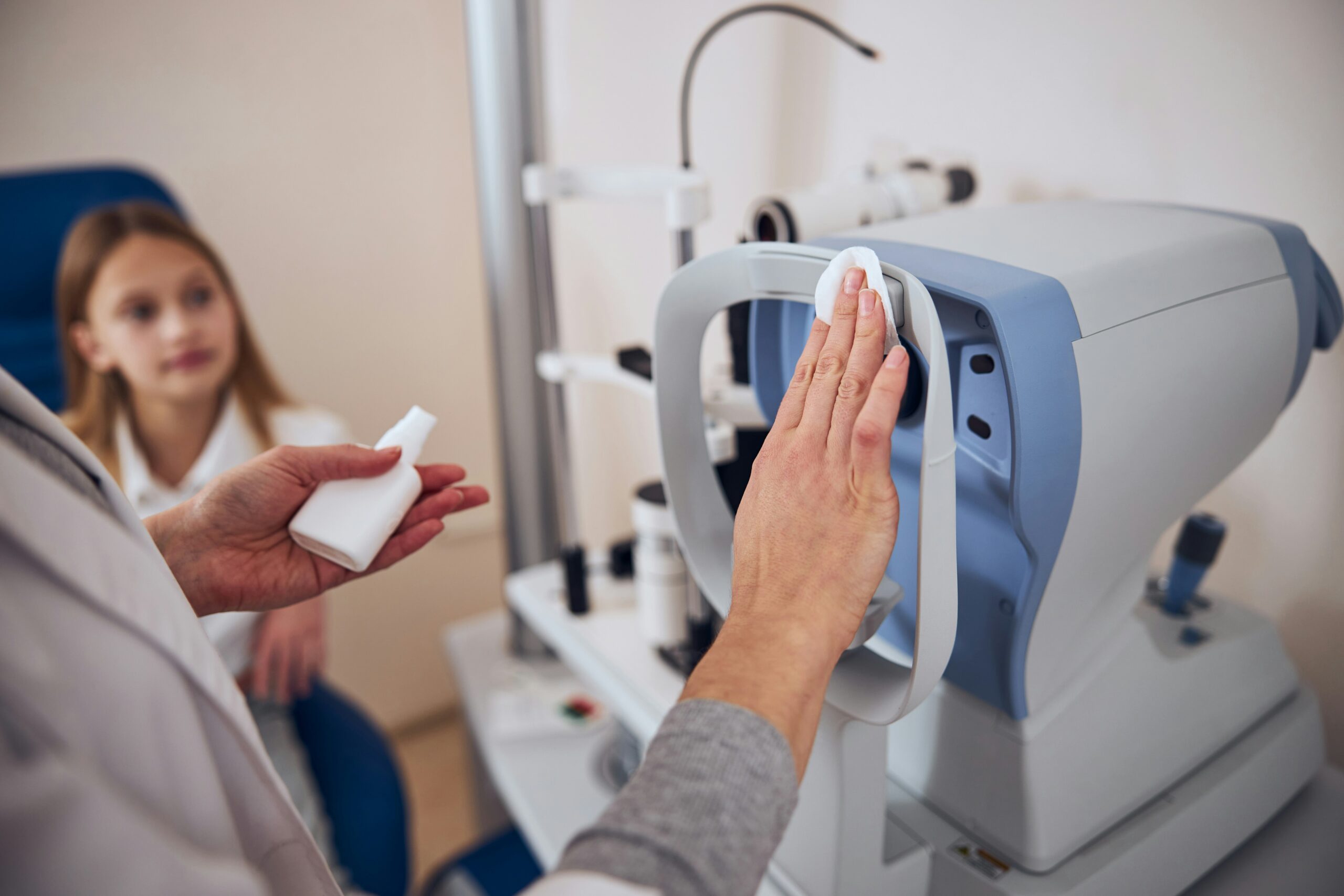
The rapid evolution of medical technology has brought about groundbreaking innovations that are transforming the delivery of healthcare. With advancements in artificial intelligence, robotic surgery, wearable health devices, and more, medical practices are now equipped with powerful tools to enhance patient care, increase efficiency, and improve outcomes. However, the key to realizing these benefits lies in successfully integrating these technologies into your practice. This article will guide you through the process of incorporating the latest medical technologies, ensuring a seamless transition, and maximizing the benefits these tools have to offer.
Understanding the Impact of New Medical Technologies
Before adopting new technologies, it’s essential first to understand their potential impact on your practice. Advanced medical technologies can offer numerous benefits, including improved diagnostic accuracy, enhanced patient engagement, and streamlined administrative tasks. However, implementing these innovations requires careful planning to align the technology with your specific practice needs.
Begin by identifying the areas of your practice that could benefit the most from technology. Is your clinic struggling with patient engagement? Are you facing challenges with diagnostic accuracy? Do you want to improve operational efficiency? By pinpointing the key issues you wish to address, you can select the right technology to help solve those challenges and improve patient care.
The right technology can transform your practice, but it’s essential to select one that aligns best with your goals and resources.
Evaluating and Selecting the Right Technologies
The medical technology landscape is diverse, featuring a wide range of tools tailored to various medical specialties. From AI-powered diagnostic systems to robotic-assisted surgery devices, it’s crucial to evaluate and select the technologies that are most appropriate for your practice.
Start by conducting thorough research on the various options available in your field. For instance, if you are a primary care physician, adopting telemedicine tools can significantly improve patient access and convenience. If you are a surgeon, robotic surgery systems may offer better precision, reduced recovery times, and enhanced patient outcomes.
It’s also essential to consider factors such as integration with existing systems, ease of use, scalability, and cost. Ensure the technology you select complements your current infrastructure and is easily adopted by your team. Consider speaking with colleagues in your field who have already implemented similar technologies to get real-world feedback on their experiences.
Training Your Staff for a Successful Transition
Integrating new technology into your practice is only successful if your team is adequately trained and equipped. The effectiveness of any medical device or software depends on how well your staff can use it. Training should be a priority to ensure that everyone—physicians, nurses, administrative staff, and technicians—understands how to use the technology effectively and efficiently.
Most technology vendors offer training programs, which may include online tutorials, live demonstrations, and hands-on sessions. Encourage your team to fully engage in these training sessions to ensure they are comfortable with the technology before it goes live.
In addition to initial training, consider setting up periodic refresher courses and fostering a culture of continuous learning. Medical technologies evolve rapidly, so staying up to date with updates and new features is essential for maximizing their potential in your practice.
Ensuring Seamless Integration with Existing Systems
Integrating new technology into your practice means ensuring that it works well with your existing systems, such as your electronic health records (EHR) system, billing software, and patient management tools. Disjointed systems can lead to inefficiencies, errors, and frustration for both your staff and patients.
Begin by collaborating with your IT team or a third-party consultant to ensure compatibility between the new technology and your existing infrastructure. For instance, if you’re adopting a new diagnostic tool or robotic surgery system, ensure that the data it generates can be easily integrated with your EHR system for a seamless flow of patient information.
Measuring the Success and Effectiveness of Technology
Once the new technology is fully integrated into your practice, it’s essential to monitor its performance and effectiveness. Tracking the impact of the technology will help you determine if it’s meeting your expectations and achieving the intended goals.
You can measure success in various ways, such as through improved diagnostic accuracy, enhanced patient satisfaction, reduced wait times, or increased operational efficiency. For example, if you’ve implemented a telemedicine platform, track patient engagement levels, the number of virtual consultations, and patient feedback on the experience.
Encourage your team to provide feedback on how the technology is affecting their workflow. Are there any challenges they’re encountering? Is the technology making their jobs easier or more difficult? This feedback is invaluable for making necessary adjustments and improving the use of the technology in the future.
Staying Current with Future Innovations
Medical technology is continually evolving, with innovations emerging regularly. To ensure your practice remains at the forefront of healthcare delivery, it’s essential to stay informed about the latest developments in your field.
Consider subscribing to medical technology publications, attending conferences, and networking with other professionals to stay updated on the newest tools and techniques. If you see an innovation that could enhance your practice, don’t hesitate to explore it further and consider adopting it to improve patient care.
By staying adaptable and open to new technologies, you can ensure your practice remains competitive and continues to provide high-quality care to your patients.
Incorporating the latest medical technology into your practice is an investment in the future of healthcare. By carefully selecting technologies that align with your needs, training your staff, ensuring seamless integration, and monitoring their effectiveness, you can significantly enhance the care you provide while streamlining your operations. As technology continues to advance, embracing these tools will keep your practice on the cutting edge, improve patient outcomes, and position you for continued success in an ever-evolving healthcare landscape.